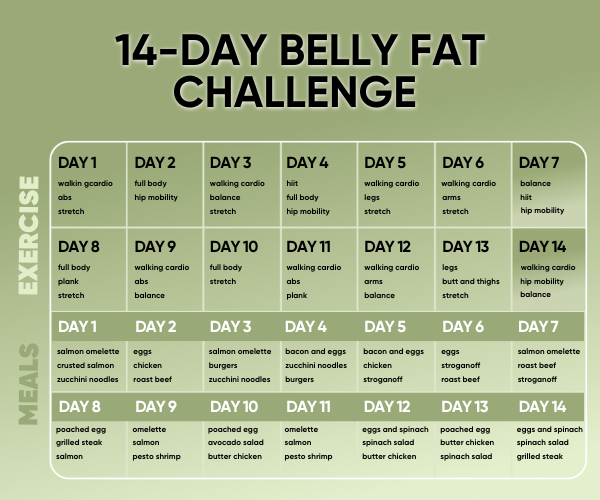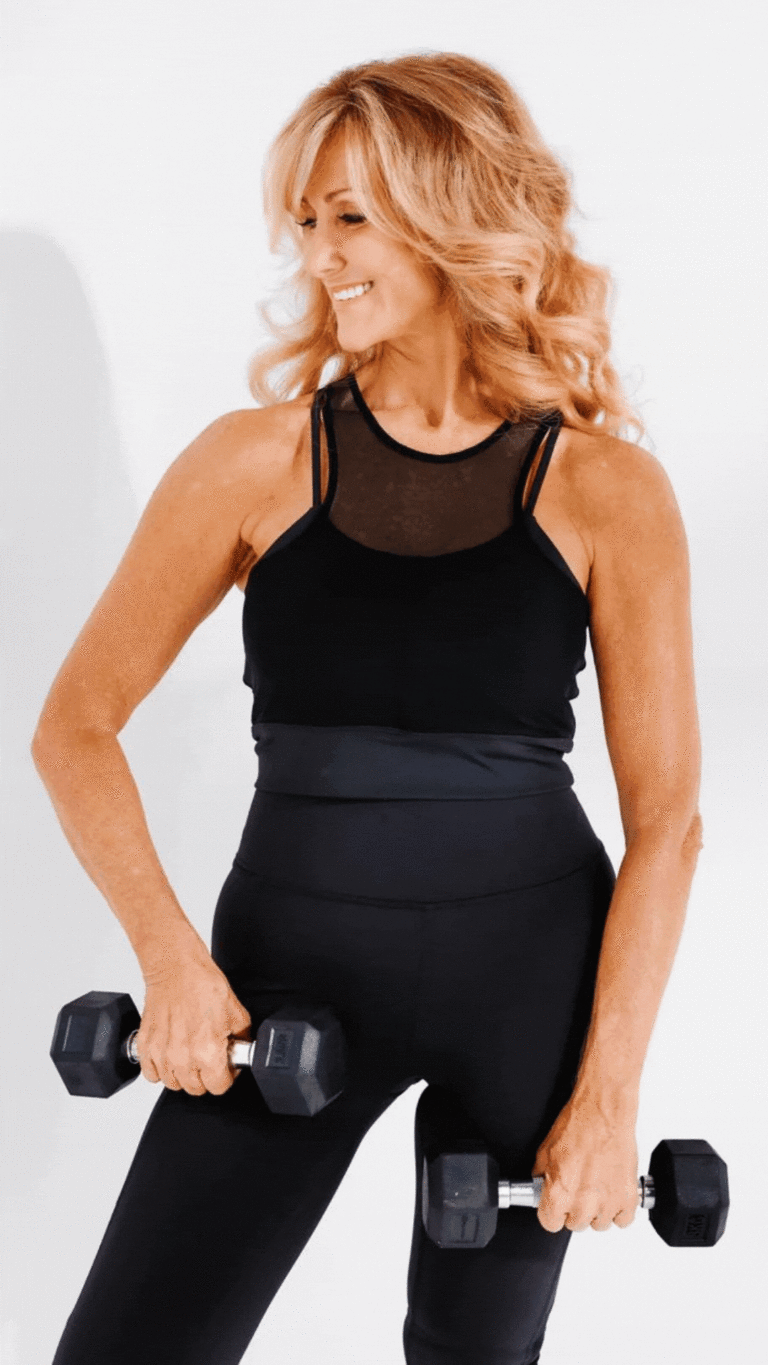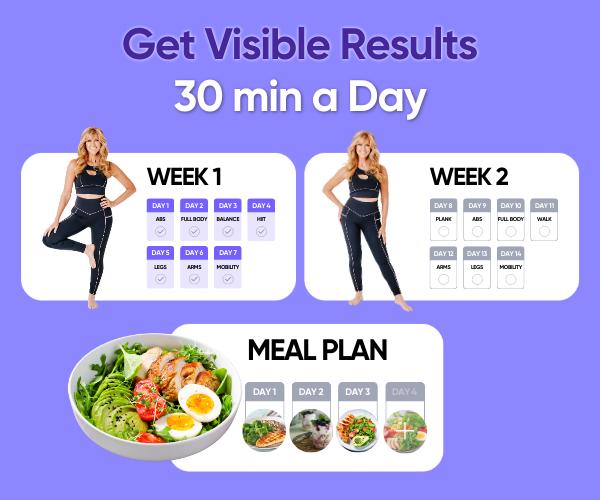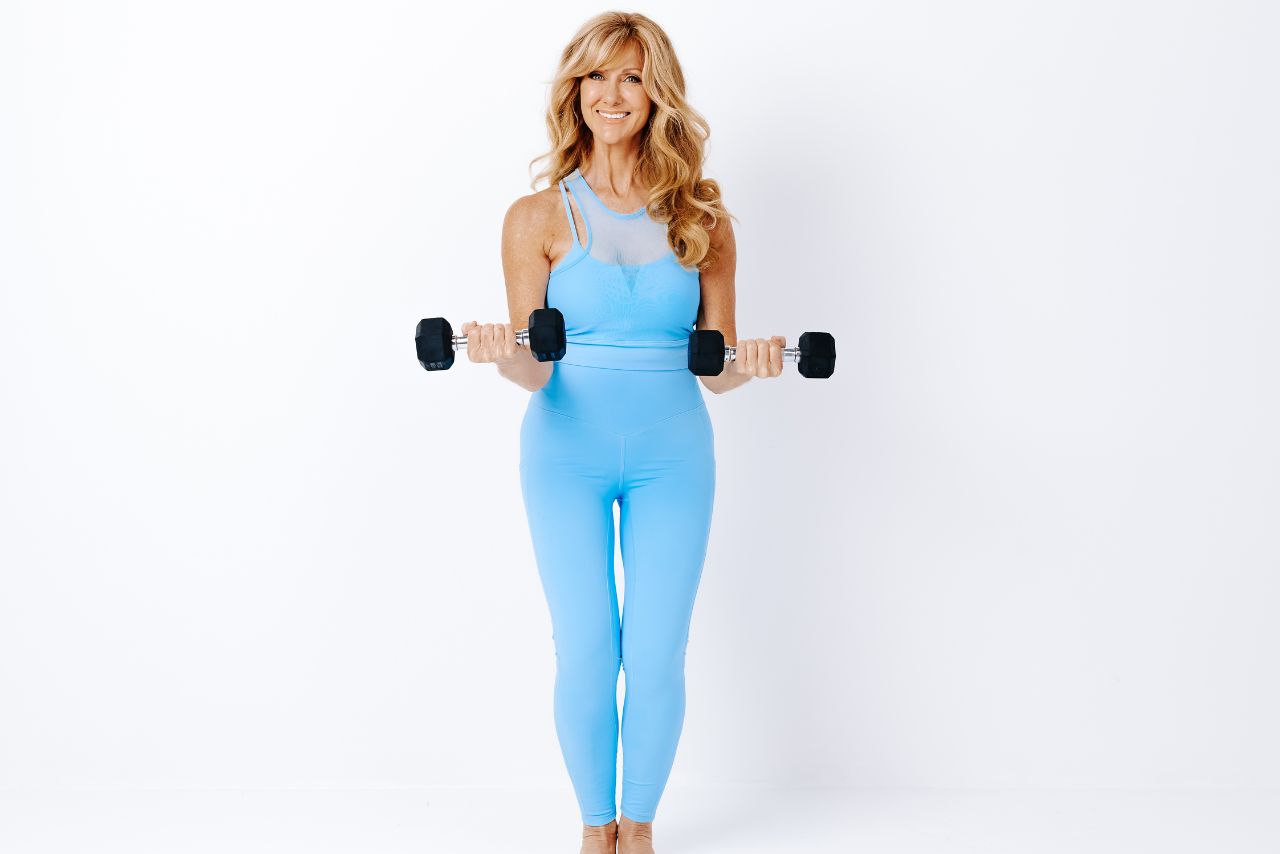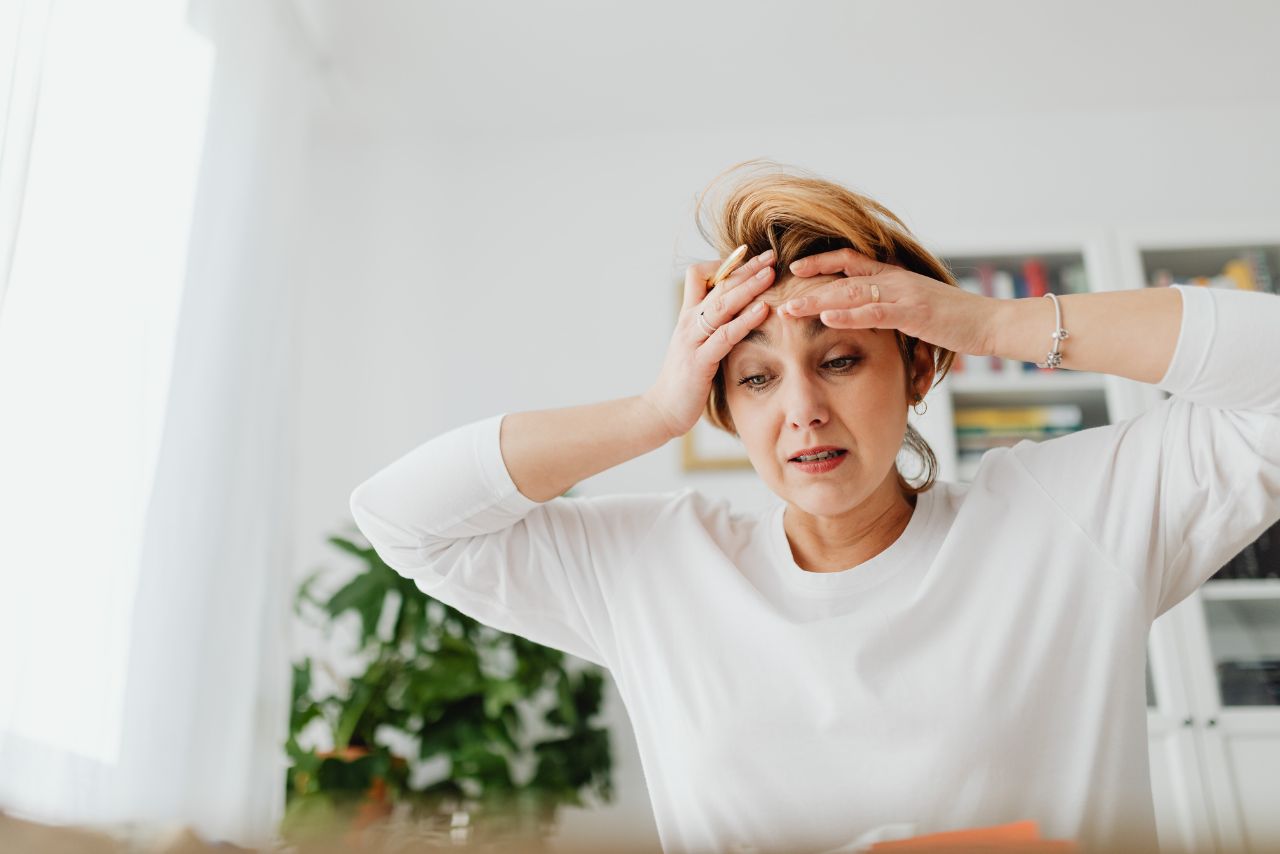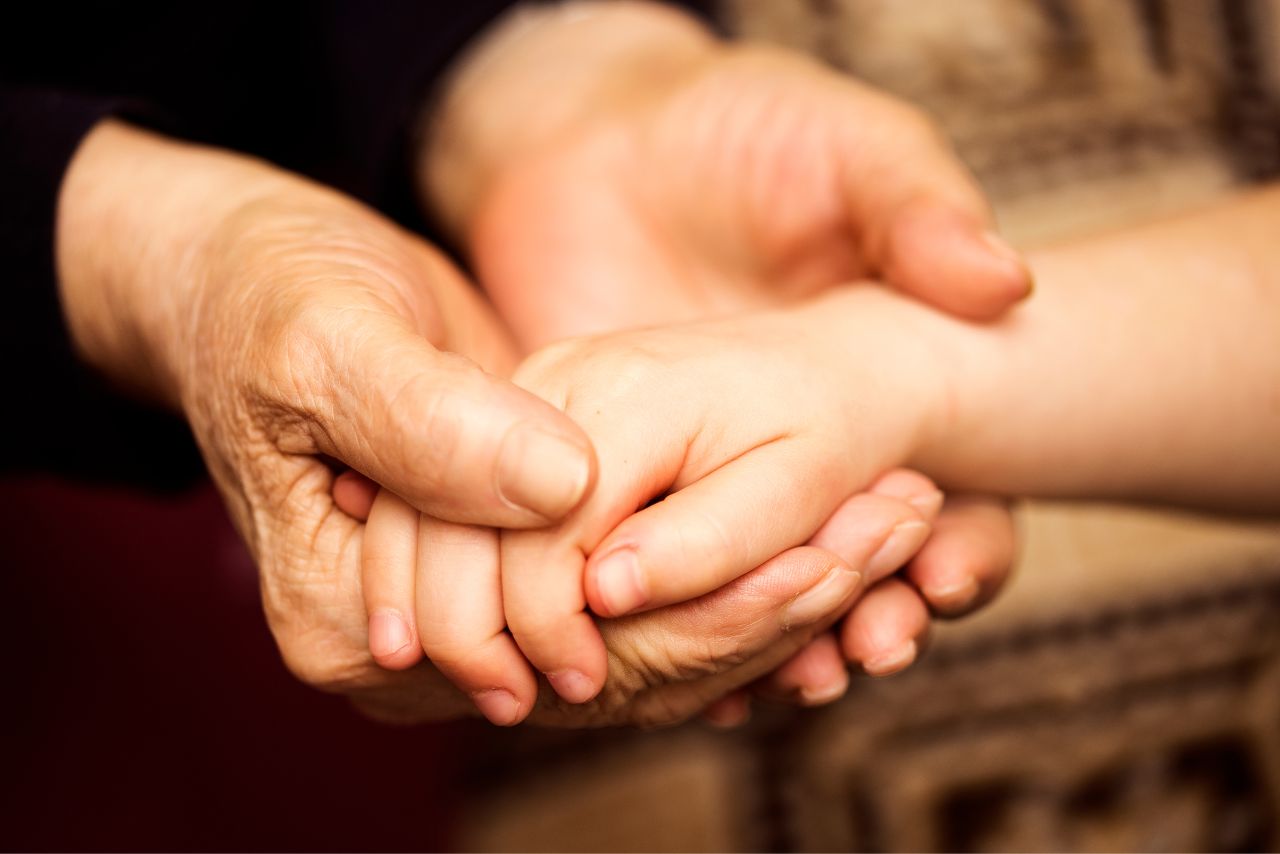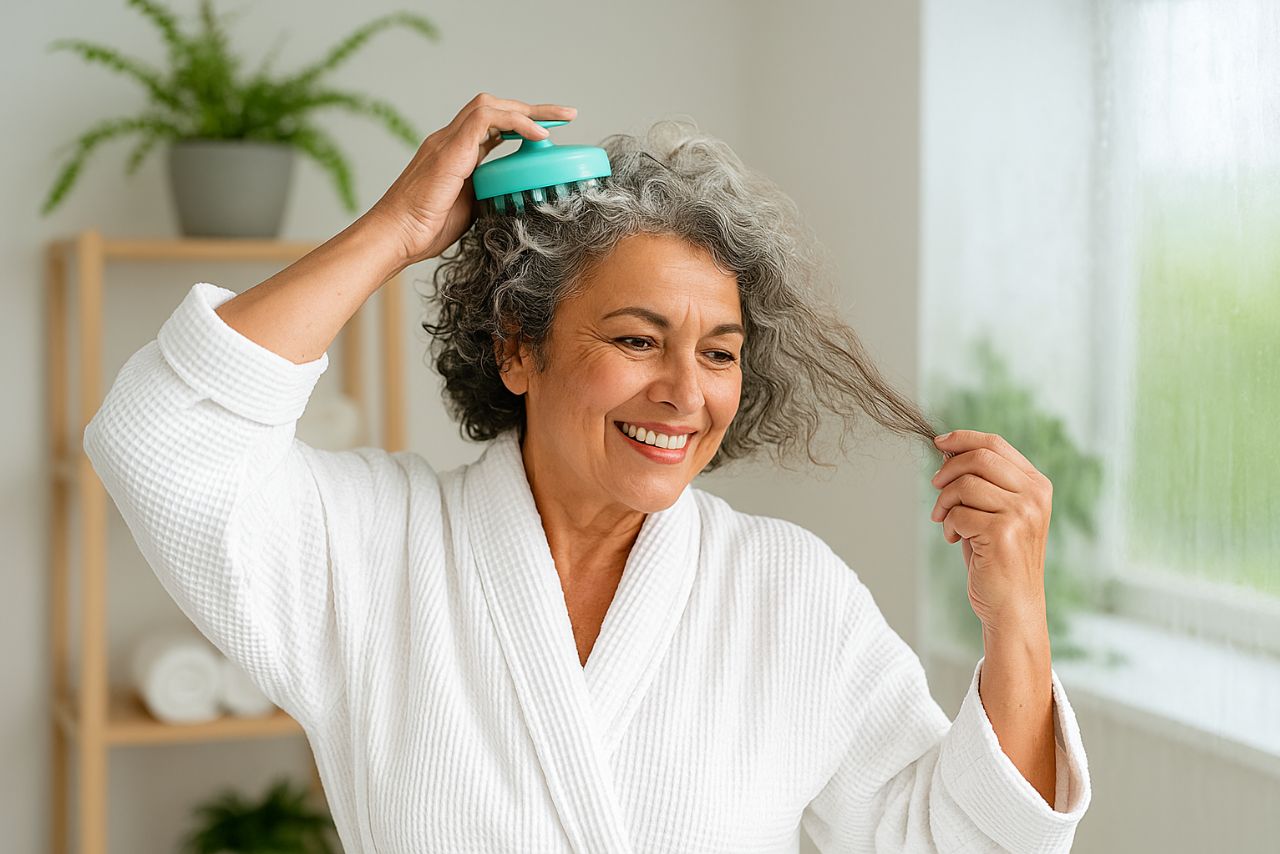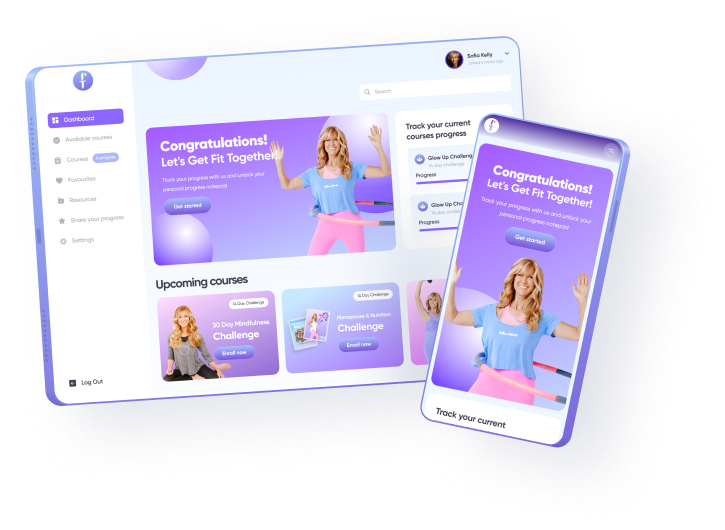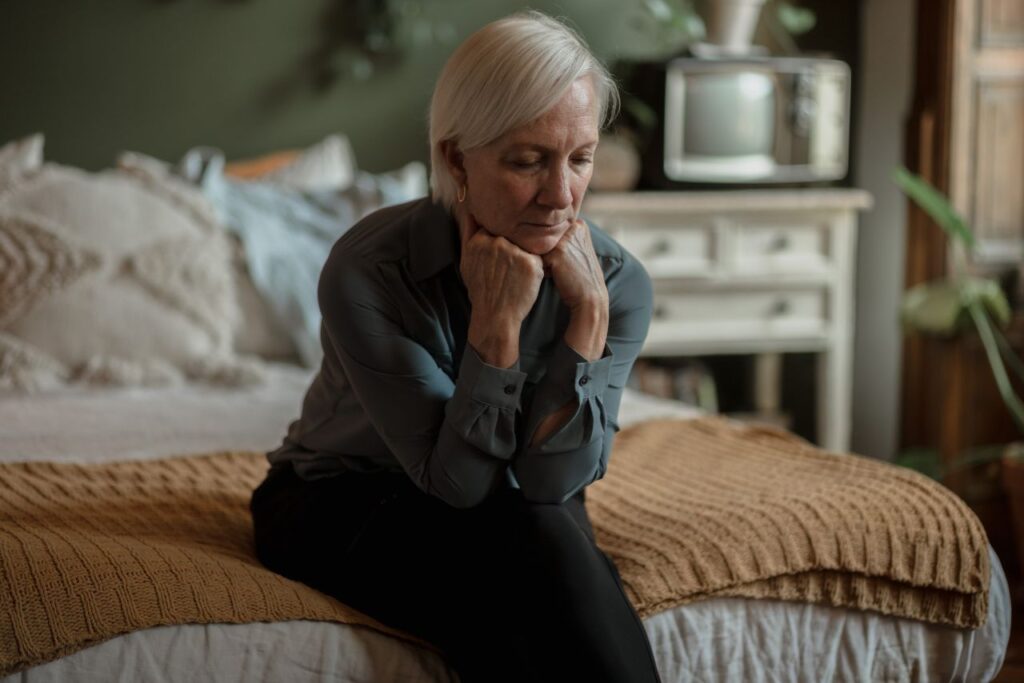
Feeling low for “no clear reason” can be confusing, especially when you’re already juggling menopause changes, sleep shifts, and everyday stress.
While mood has many causes, nutrition can be one quiet driver. One nutrient to keep on your radar is iron: research now shows a measurable link between iron deficiency and depressive symptoms in women.
The study most people are talking about looked at younger women, but its message matters for women over 50, too.
After menopause, our iron needs change, our risks shift, and the plan for correcting low iron is different than it was in the 30s and 40s.
This guide explains the evidence in plain language and shows smart, safe steps to support mood and energy without guesswork.
What The New Study Actually Found
A 2023 analysis in the Journal of Nutrition examined over 2,500 U.S. women of reproductive age and compared iron status with depressive symptoms.
Iron deficiency (measured by biomarkers like transferrin receptor and calculated body iron) was associated with higher odds and higher prevalence of depressive symptom scores—even after adjusting for other factors.
Low income made the risk signal stronger. This means women with iron deficiency were more likely to report depressive symptoms.
That finding doesn’t prove iron deficiency causes depression, but it does highlight a meaningful connection.
Mechanistically, iron is a cofactor for enzymes that help make dopamine and serotonin—the brain chemicals tied to motivation, focus, and mood—which offers a plausible biological link between iron deficiency and depressive symptoms.
“I’m Over 50. Does This Still Apply to Me?”

Yes—just a bit differently. After menopause, most women lose less iron (no monthly blood loss), and average ferritin levels tend to rise. That’s why blanket iron supplementation isn’t routinely advised in postmenopausal women without documented deficiency.
Still, iron deficiency can occur after 50 due to low intake, poor absorption (e.g., gut conditions, long-term antacids), or slow gastrointestinal blood loss—so testing matters.
And mood links don’t vanish with age. Studies in older adults show associations between anemia and higher odds of depression (especially when the anemia is untreated), although not every study agrees, reminding us to look at the whole picture.
If you’re noticing depressive symptoms, checking iron status is reasonable, but it should be part of a broader evaluation with your clinician.
How Iron Touches Mood and Energy
In hemoglobin, iron carries oxygen. When you don’t have enough iron, your tissues, including your brain, can run “on low power,” which can make you feel tired, foggy, and unmotivated.
Besides supporting oxygen, iron also helps enzymes make dopamine and serotonin. If you don’t get enough iron, these systems may not work as well, which can show up as depression or apathy.
This is one reason why some people feel “brighter” mentally after a deficiency is fixed.
On the other hand, too much iron can be bad for you, especially for women over 50, whose ferritin levels often rise after menopause.
Some research has linked cognitive problems to having too much iron, which is a pro-oxidant. It is not simply “more iron no matter what” that matters; rather, it is the appropriate amount for your individual needs.
That’s why testing and personalized care are so important.
Smart Testing: Ferritin, Blood Counts, and When to Look into It
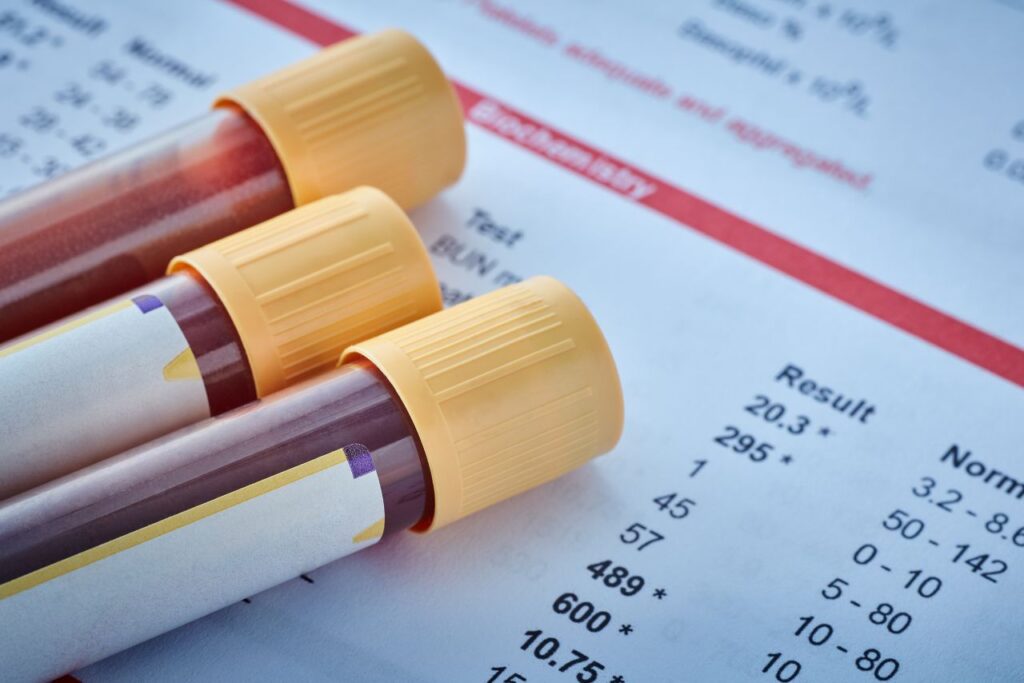
Ask your clinician about a basic iron panel if you have depressive symptoms, persistent fatigue, hair shedding, brittle nails, or restless legs, or if your diet is very low in iron.
Key labs commonly include hemoglobin, ferritin, transferrin saturation, and sometimes soluble transferrin receptor.
Even though ferritin is the most specific marker for storage, it can be higher when there is inflammation, so the situation is important.
If iron deficiency anemia is confirmed after age 50, the guidelines say to find a source. This is usually done with a bidirectional endoscopy (upper endoscopy and colonoscopy), since slow GI blood loss is a common cause in adults who have gone through menopause.
A ferritin cutoff of about 45 ng/mL (in anemia) is also suggested by the American Gastroenterological Association as a way to improve detection.
Help your doctor decide what to do next; using iron on your own for a long time without getting checked out can cause you to miss out on needed care.
Should Women Over 50 Take An Iron Supplement “Just In Case”?
Generally, no. The RDA for women over 50 is 8 mg/day, the same as men, and many postmenopausal multivitamins contain little to no iron for safety.
People who have hereditary hemochromatosis or high ferritin levels should not take iron supplements unless their doctor tells them to.
If lab tests show iron deficiency, with or without anemia, short-term supplements may be helpful while the cause is found and fixed. Always follow your doctor’s plan for the dose and length of time.
It is important to keep in mind that a low ferritin level in a healthy person is not the same as a borderline hemoglobin level in someone who is extremely inflammatory. This is why lab interpretation (and sometimes more tests) is so important. Your goal is targeted treatment, not iron for life “just because.”
Everyday Iron-Rich Foods That Support Mood and Energy
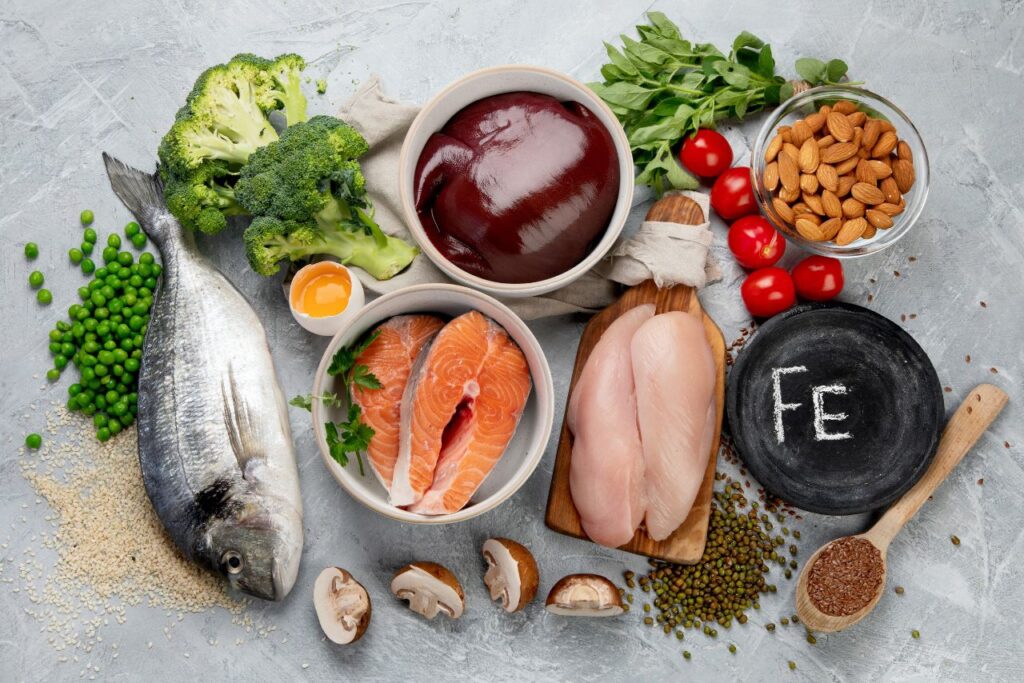
Seafood and meats that contain heme iron are better for absorption. These include clams, mussels, sardines, salmon, beef, chicken, and turkey. Plants that contain nonheme iron include beans, lentils, tofu, pumpkin seeds, spinach, and iron-fortified oats.
If you like to eat mostly plants, eat nonheme iron with vitamin C-rich foods at the same meal, like citrus, berries, tomatoes, and peppers.
A few simple changes make a big difference. For example, you could make chili with beans and lean beef or turkey, sauté greens with lemon, mix chickpeas with red peppers, or pick a fortified cereal with berries.
When you drink tea or coffee with food, polyphenols and calcium can stop your body from absorbing nonheme iron. So, drink them between meals.
How to Build An Iron-Friendly Diet For Your Menopause Goals
For many women over 50, steady protein, fiber-rich plants, and healthy fats are the backbone of energy, weight, and heart health. You can follow that pattern as long as you are aware of the risks of iron deficiency.
Make a veggie omelet with salmon on the side, a lentil-quinoa bowl with roasted peppers and lemony olive oil, or a bean and tuna salad with tomatoes and arugula. With these combos, you can get more heme and nonheme iron along with vitamin C without having to go on a strict diet.
If you’re trying to cut back on red meat, eat seafood twice a week and switch up your chicken, beans, and iron-rich grains. For acidic dishes like tomato sauce, use a cast-iron skillet instead of a regular one. Small changes add up over time.
Keep alcohol moderate and prioritize sleep and movement—both support mood stability, whatever your iron status is today. (For mood, exercise remains a powerful add-on.)
READ ALSO: Ways to Boost Your Metabolism After Menopause
When Iron Deficiency Isn’t The Whole Story
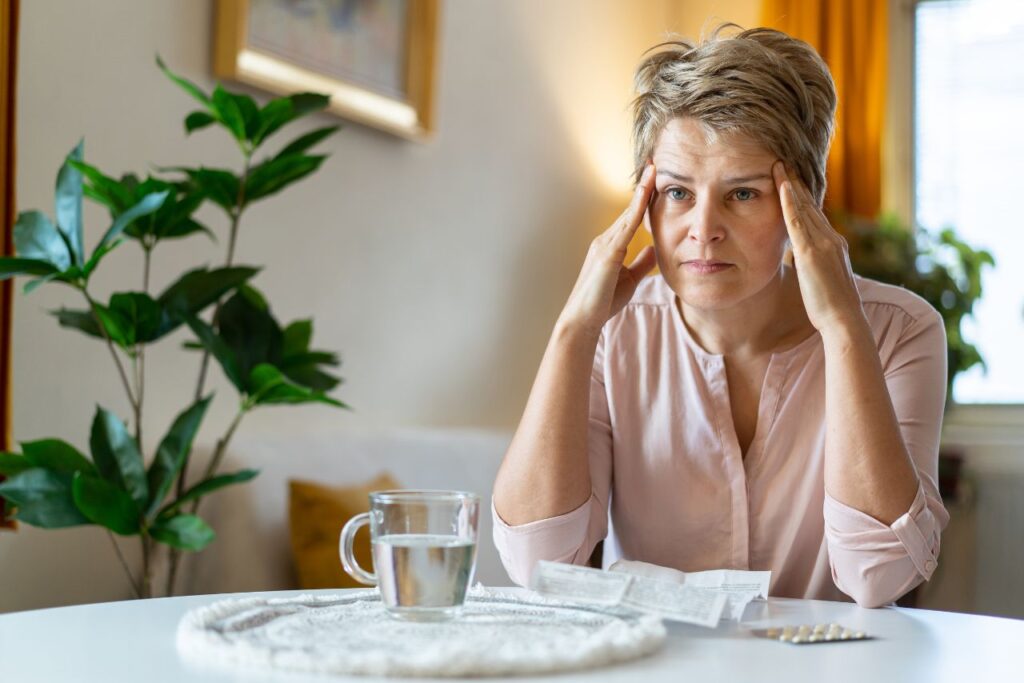
Depressive symptoms deserve a full look: thyroid function, B12/folate, vitamin D, sleep apnea risk, pain, medications, grief, and life stressors all matter.
Some studies show a link between anemia, or low iron, and depression in older adults, while others say the link is weaker when health and activity levels are taken into account. This is why it’s important to ask your doctor a lot of questions. Do what you can to help; don’t base everything on one lab value.
Similarly, having more ferritin after menopause doesn’t always mean you have “good iron stores.” Ferritin can climb with inflammation and metabolic illness. This is one more reason why personalized interpretation is better than self-supplementation. Find out exactly what your target ferritin level is and what your follow-up plan is.
Practical Supplement Tips (If Your Doctor Recommends Iron)
If your clinician prescribes iron, newer advice often favors lower, less frequent doses to improve absorption and reduce side effects (your prescriber will tailor this).
Keep iron away from foods that are high in calcium and from tea and coffee. Nonheme iron can work better with foods that are high in vitamin C if the person can handle it.
The goal is to restore iron stores (ferritin), not just hemoglobin, over the course of several months of therapy and tests.
If you can’t handle one form, ask about other options, like different salts, liquid forms, or prescription drugs. For the bigger picture, it’s still standard to check for GI blood loss in adults after menopause who have been diagnosed with iron deficiency anemia. Treat the cause and refill the tank.
Final Thoughts
Iron deficiency can be linked with depressive symptoms, and for women over 50 it’s worth checking thoughtfully. When there is a real deficiency, short-term supplements can help along with finding the cause. Testing helps people know what to do, and the foods they eat help them get better.
It’s not about having more iron all the time; it’s about having the right amount for clear thinking, steady energy, and better days.
If your mood has been down lately, talk to your doctor about getting iron tests and a full work-up. A better night’s sleep, regular exercise, and meals that are low in iron all work together.
With the right plan, you can fix your iron deficiency, get rid of your depression, and feel more like yourself in the next chapter.
References
Ciulei, M. A., et al. (2023). Iron deficiency and depressive symptoms among women of reproductive age: Analysis from NHANES 2005–2010. Journal of Nutrition. https://pubmed.ncbi.nlm.nih.gov/37783449/
Merlo, F., et al. (2023). Sex- and age-related changes in ferritin and hepcidin concentrations: Evidence from a cross-sectional analysis of postmenopausal women. [Journal Name]. https://pmc.ncbi.nlm.nih.gov/articles/PMC10455248/
Kim, J., Wessling-Resnick, M. (2014). Iron and mechanisms of emotional behavior. Nutrients, 6(11), 4472–4491. https://pmc.ncbi.nlm.nih.gov/articles/PMC4253901/
American Gastroenterological Association. (2020). Clinical guidelines on the evaluation and management of iron deficiency anemia: Ferritin thresholds and endoscopic evaluation. Gastroenterology. https://gastro.org/clinical-guidance/gastrointestinal-evaluation-of-iron-deficiency-anemia/
National Institutes of Health. (n.d.). Iron: Fact sheet for health professionals. Office of Dietary Supplements. https://ods.od.nih.gov/factsheets/Iron-HealthProfessional/
National Institutes of Health. (n.d.). Iron dietary reference intakes (DRIs). National Center for Biotechnology Information (NCBI).https://www.ncbi.nlm.nih.gov/books/NBK222309
JAMA Network. (2025). Effectiveness of exercise in improving depressive symptoms in older adults: A meta-analysis. JAMA Network Open. https://jamanetwork.com
Educational information only; not medical advice. Please consult your clinician for personalized testing and treatment.

